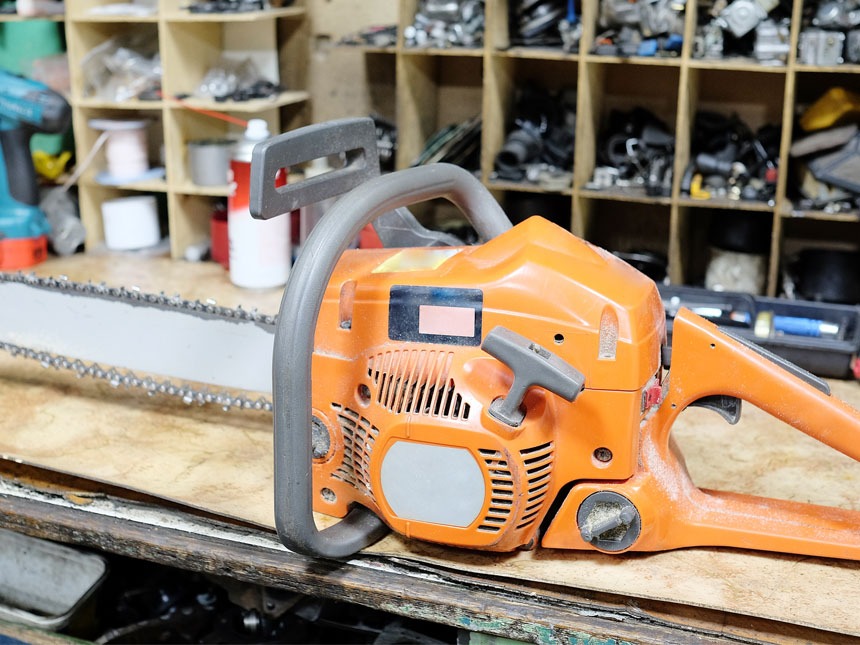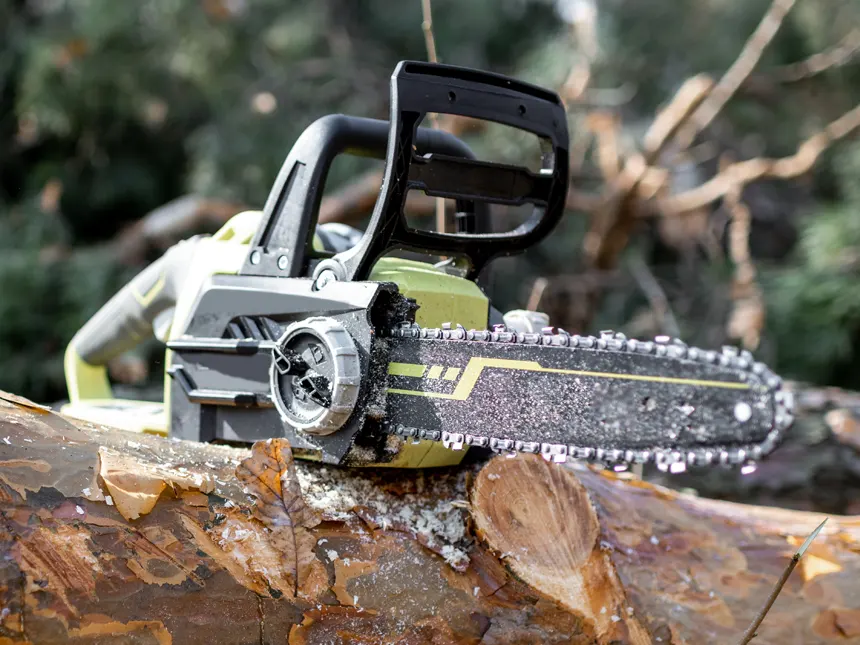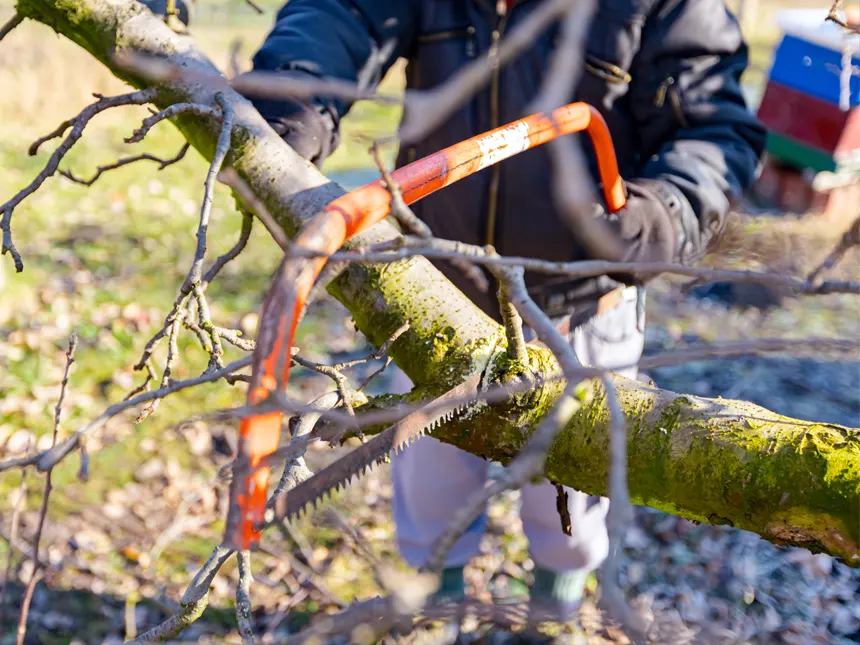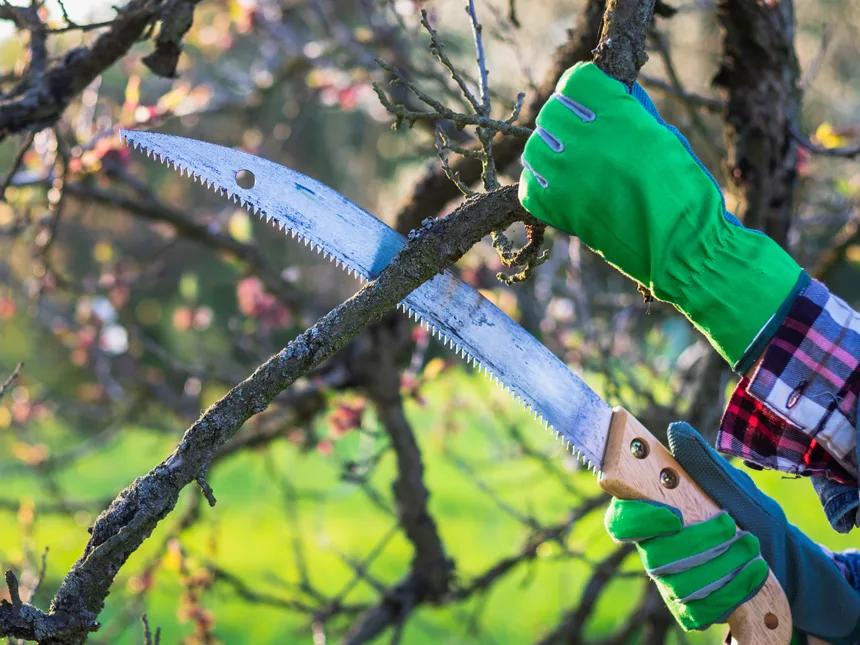Different Tools for Splitting Logs & Kindling
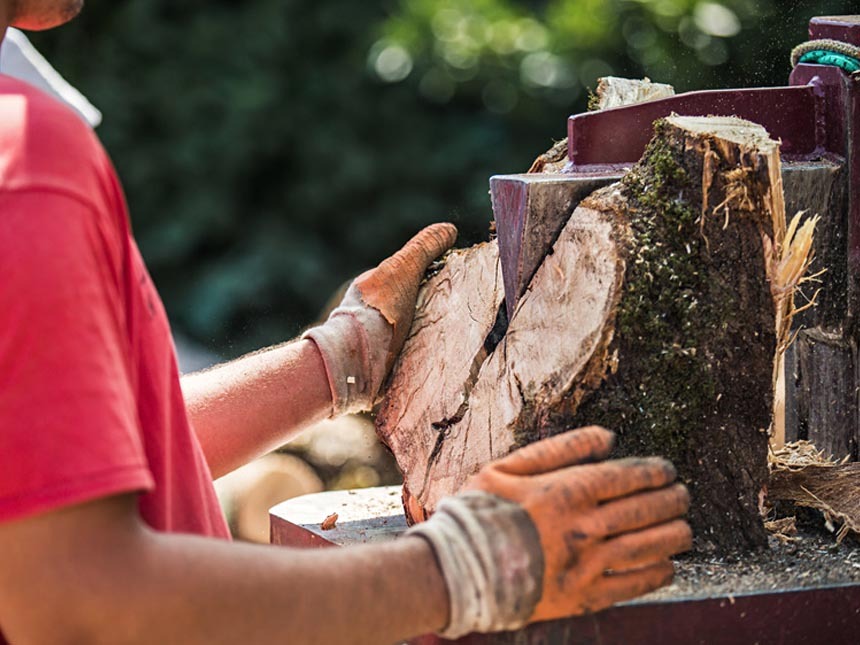
Timber Gadgets is reader-supported. We may earn a commission if you buy through the links on our site.
Both firewood and kindling are of great value to those with a wood burning stove. Whether your fireplace is your sole source of warm during the winter season or it’s simply a backup, having logs and kindling ready to use is a top priority. How you get that firewood and kindling differs from person to person but, since you’re on this page, I’m willing to bet you’re the type of person who splits their own wood; or at least you’re considering it.
Necessity and innovation are responsible for bringing us many options when it comes to the tools we use in splitting logs and kindling. That’s precisely what this page is about; all the different tools and devices for splitting wood. Whether you’re a traditional kind of person in search of an axe or you want something safe and easy for your family to use, I’ve got you covered.
Table of Contents
13 Devices for Splitting Logs or Kindling
I won’t go into great detail about each device. Instead, I’ll give you some general information and pictures. I’ve already gone into greater detail about some of them so I’ll provide you with a link to another page where you can learn more if you’re interested.
Kindling Cracker
The Kindling Cracker is an awesome invention created by a girl named Ayla when she was just 13 years old. After her mother cut her finger splitting kindling one day, Ayla set out to create a safe tool for the task. It is a heavy-duty design, made from cast iron. The only real draw-back the limited size of logs you can place through the top ring. The diameter of the log needs to be small enough to fit through the top.
Having said that, I believe there are currently two different sizes for Kindling Crackers; one small and one large. Using one is simple; place a log through the ring so it rests on the curved cutting blade. Strike the end of the log with a rubber mallet until the log splits. Take each piece out and continue splitting the wood until you have enough kindling.
Since we’re on the subject of splitting kindling right now, it important for me to mention that I have a separate page in which I go over the top 5 best kindling devices. So, if you’re in need of a tool for kindling; don’t miss out!
Slide-Hammer Log Splitters
A slide-hammer log splitter a fairly genius device. It works like other slide-hammer tools, in which a weighted ring is attached to a pole. As you slam the weighted ring down, it generates a downward force. Then, of course, at the end of the tool is a wedge. As the force is directing the slide-hammer down, the wedge does the rest of the work.
I’ll admit it, I’m not the best at explaining how things work so I’m adding a video to this section so you can get a better understanding. Anyway, these manual splitters are great for several reasons. One, you don’t have to swing a sharp edge so it’s relatively safe. Two, it doesn’t require gas or electric so you can use it wherever, whenever. And three, there are very few moving parts so the chances of having a slide-hammer log splitter break on you are slim.
There are some drawbacks, though. They’re a lot of work. Much more work than using a standard splitting axe. Also, they’re kind of noisy. Definitely get yourself some earplugs if you’re going to be using one. If you’re considering this splitter, please check out my page on the top slide-hammer log splitters. In that post, I go over the best tools and make recommendations based on why you need one.
Stikkan Kindling Maker

The Stikkan Kindling Maker is in my top 5 best devices for kindling. It’s a clever invention that almost anyone can use. Simply bolt the Stikkan to a sturdy wall or tree, grab some logs, and start splitting. It has several steps in which you can move the log as you make cuts. Each notch allows you to cut farther into the log. Repeat the process until you have as much kindling as you need.
Shingle Froe
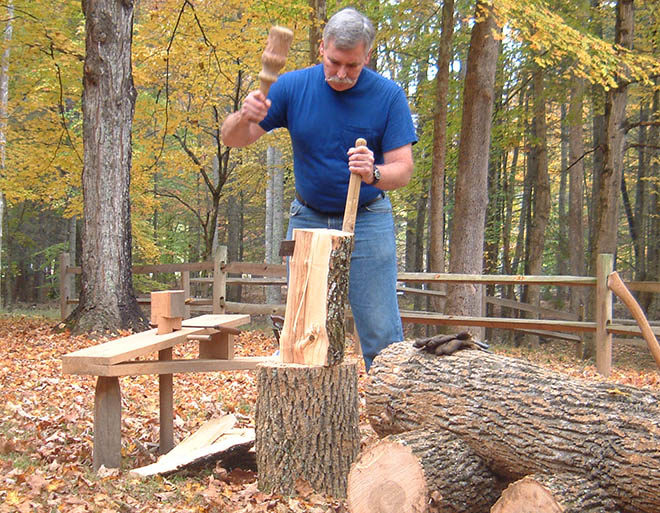
A shingle froe is an extremely handy tool that most people don’t know about. The fact is, they’re not used very much nowadays because their original intended purpose was to help make wooden shingles. That and nowadays we have power tools. The cutting edge faces the bottom of the tool. Simply place the cutting edge on a round of wood and use a rubber mallet to hammer the froe through the wood. It’s definitely a labor-intensive device but one that, in my opinion, is well worth the money.
Splitting Maul, Axe, & Hatchet

I know you’re all aware of what an axe is. But the fact is, this page wouldn’t be complete without them. Since they don’t need explaining, I’ll try to share some helpful information that not everyone knows. Like how there is a difference between a splitting axe and splitting maul. You see, a splitting axe is thin and light-weight, weighing around 4 – 5 lbs. A splitting maul, on the other hand, is big and heavy, weighing 6 – 8 lbs or more.
A splitting axe is typically used to cut the bulk of your firewood. If you happen to run into a knotted, stubborn round of wood that your axe cannot handle, that’s when you reach for your splitting maul. As for a small hatchet, well, they’re more suitable for splitting kindling.
Swinging an axe can be dangerous, which is why many people opt for safer methods. Anyway, check out this page if you want a great splitting axe. If you need a splitting maul, click here.
Hydraulic Log Splitter
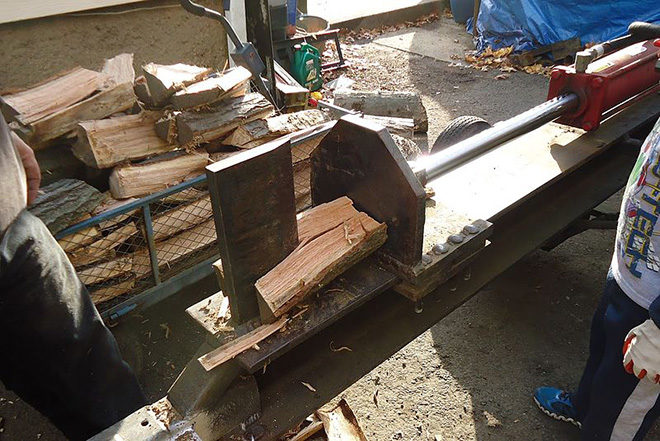
Using a hydraulic log splitter is probably the easiest way to split logs. They’re either manual, electric, or gas powered and they are some of the most expensive items on this page. Their prices vary greatly depending on the product.
Manual
The manual hydraulic log splitters are the cheapest of the bunch. They utilize hydraulics but you’re the original source of power. How they work is usually by two handles which extend upward from the cutting end. Simply place a log on the splitter, between the wedge and hydraulic extension arm. Pull the handles one at a time to push the arm towards the log. With enough time, the arm will extend far enough to split the log on the wedge.
Electric
Most of the hydraulic log splitter work the same way aside from their source of power. Electric ones are nice because they make the job even easier. All you have to do is load the log and push some buttons. They cost more money, sure, but they make life easier and usually they can handle slightly bigger and tougher logs.
Gas
You can use these just about anywhere, so long as you have room to store it and gas to run it. Many of these devices can produce 7-tons to 25-tons of force and more, making them a great option for splitting almost any kind of wood. I would be oversimplifying things by saying they’re lever operated but that’s typically how you extend the arm which pushes the log into the wedge.
One of the cool things about gas-powered hydraulic log splitters is the wedge; you can get an “X” shaped wedge. So, instead of splitting the log into two pieces, you can split them into four pieces. This is yet another way to save time and work.
Splitting Wedge
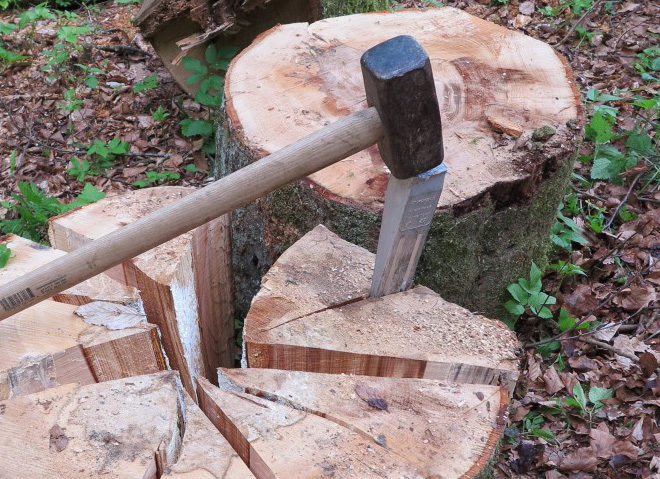
A splitting wedge is a cheap and handy tool to keep around for knotted hardwoods. It’s something you can break out when your splitting axe can’t do the job. You’ll need a mallet to strike the end of the wedge; another option is to use the hammer poll end of a splitting maul.
Kindle Jack Jr. Firewood Splitter
This device is very similar to the Kindling Cracker but it doesn’t have the protective ring above and around the cutting edge. It’s essentially an axe blade you bolt to a round of wood. The cutting-edge points up. You set your log on the sharp, cutting edge and strike the log downward with a hammer. I don’t recommend these for people with young children.
Homemade Log Splitters
People are innovators and where there is a need for a time-saving device, there is usually someone willing to make it. These homemade log splitters range in design from things similar to the Kindling Cracker to full-blown hydraulic systems. One guy even attached a wedge to a car wheel which is probably really dangerous. My favorite is the one in the video above. It’s simple yet effective.
So, if you’re the type of person who likes to make their own gadgets and you’ve got the means to do so, I recommend spending some time on YouTube. Search for other homemade log splitters to get some ideas but please, be careful.

